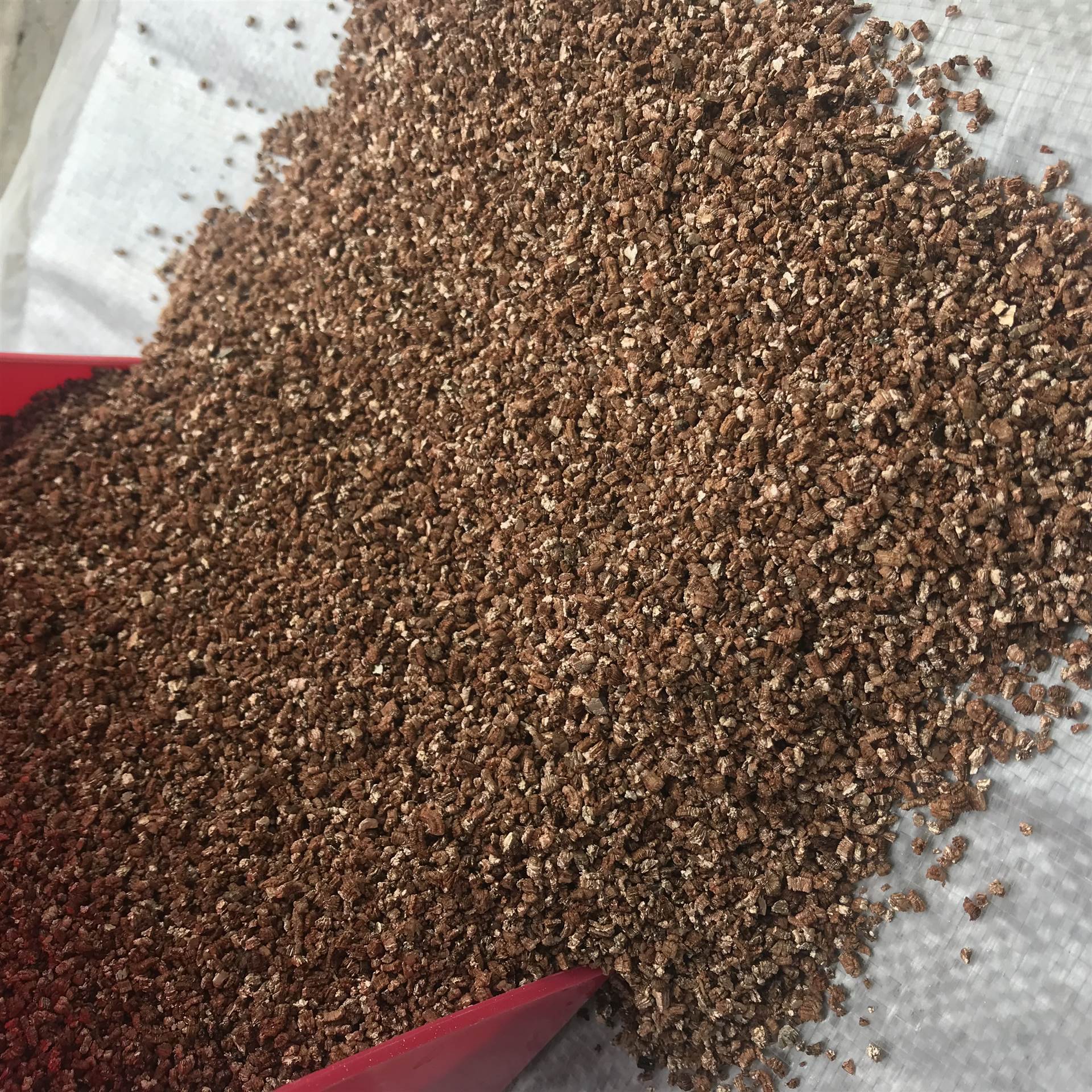
Premium Talc Powder for Industrial and Personal Use
Understanding Talc Powder Uses, Benefits, and Considerations
Talc powder, a soft mineral composed of magnesium, silicon, and oxygen, is well-known for its unique properties and diverse applications. It is often recognized by its great softness, which grants it a distinctive feel and makes it one of the softest known minerals, ranking just below gypsum on the Mohs hardness scale. The powder is formed through the metamorphism of magnesium-rich minerals and is primarily mined in regions such as the United States, Canada, China, and India.
One of the most prominent uses of talc powder is in the cosmetic industry. It is a key ingredient in baby powder, face powders, and other personal care products due to its excellent absorbent qualities. Talc’s ability to absorb moisture and reduce friction makes it ideal for keeping skin dry and comfortable, especially in warmer climates. Additionally, its smooth texture can enhance the feel of cosmetic formulations, providing a luxurious touch that many consumers seek in beauty products.
Aside from cosmetics, talc powder is widely utilized in the pharmaceutical industry
. It serves as a flow agent in tablet manufacturing, ensuring that medications have a consistent dosage and are easy to process. Its inert nature and non-reactivity also make it a popular excipient in many drug formulations, allowing for a stable product that maintains efficacy over time.talc powder

In industrial applications, talc powder finds its way into a variety of products. It is commonly used in the production of rubber, plastics, and paint, where it acts as a filler or reinforcing agent. For instance, in rubber production, talc enhances the processing quality and overall performance of rubber products, making them more durable and extending their lifespan. In paints and coatings, talc can improve texture and opacity, contributing to a smoother application and a better finish.
Despite its many advantages, there are some considerations regarding the use of talc powder. One of the most significant concerns has been the potential presence of asbestos, a hazardous material often found in talc deposits. Asbestos exposure is linked to serious health risks, including lung cancer and mesothelioma. Consequently, regulatory agencies such as the U.S. Food and Drug Administration (FDA) and the Consumer Product Safety Commission (CPSC) closely monitor talc products to ensure they are free from asbestos contamination. Consumers are encouraged to choose talc products that have been tested and certified as safe.
Moreover, there is a growing trend towards the use of alternative ingredients in cosmetic and personal care products. Many brands are now formulating their products without talc, opting instead for cornstarch or other natural absorbents. This shift is often driven by consumer demand for transparency and safety in product formulations.
In conclusion, talc powder is a versatile ingredient with numerous applications across various industries, from cosmetics to pharmaceuticals and industrial products. While it offers significant benefits, including moisture absorption and improved product performance, consumers should remain informed about the sourcing and safety of talc products. As the market evolves, it will be interesting to see how the use of talc adapts in response to both regulatory scrutiny and consumer preferences.
Share
-
Premium Pigment Supplier Custom Solutions & Bulk OrdersNewsMay.30,2025
-
Top China Slag Fly Ash Manufacturer OEM Factory SolutionsNewsMay.30,2025
-
Natural Lava Rock & Pumice for Landscaping Durable Volcanic SolutionsNewsMay.30,2025
-
Custom Micro Silica Fume Powder Manufacturers High-Purity SolutionsNewsMay.29,2025
-
Custom Mica Powder Pigment Manufacturers Vibrant Colors & Bulk OrdersNewsMay.29,2025
-
Custom Micro Silica Fume Powder Manufacturers Premium QualityNewsMay.29,2025






